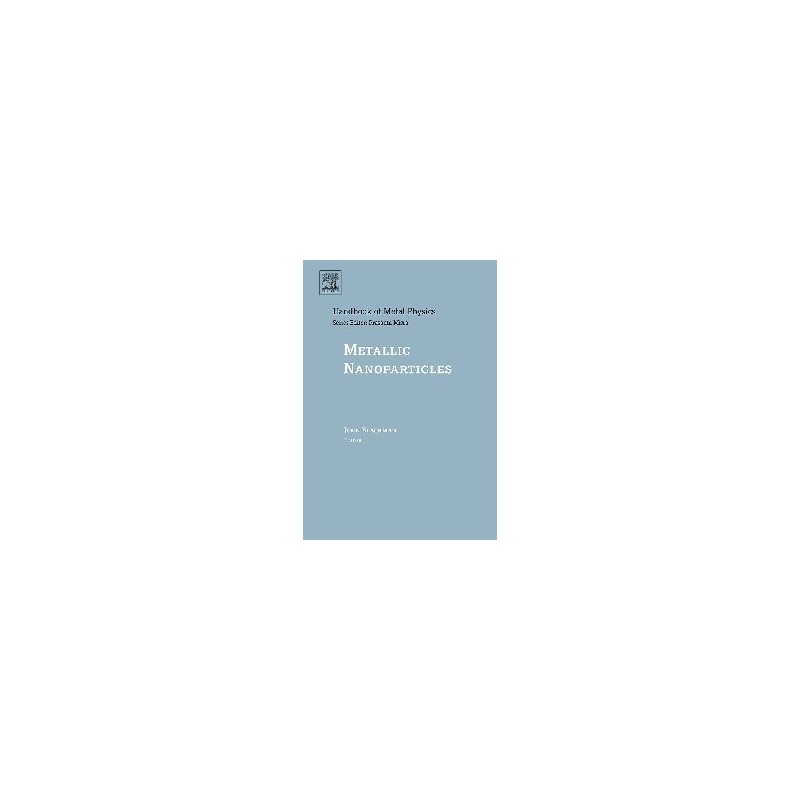- Obecnie brak na stanie



Brak towaru
Bateria alkaliczna VERGIONIC AG13 (LR44) o napięciu 1,5 V to niezawodne źródło zasilania dla małych urządzeń elektronicznych, takich jak zegarki, kalkulatory czy zabawki. Dzięki kompaktowym wymiarom (średnica 11,6 mm, wysokość 5,4 mm) idealnie pasuje do wielu aplikacji wymagających baterii guzikowych. Pakowana w blister zawierający 10 sztuk, zapewnia wygodę i ekonomiczność użytkowania.
Brak towaru
Brak towaru
Zestaw AVT do samodzielnego montażu uniwersalnego sterownika silnika krokowego. AVTY3225 B
Brak towaru
Mały moduł, pasujący do płytki stykowej, zawierający 32-bitowy mikrokontroler z rdzeniem ARM Cortex M4. W zestawie także złącza goldpin. PJRC TEENSY32
Brak towaru
Brak towaru
Brak towaru
Brak towaru
Zmontowany sterownik silnika DC do napędu. AVT5565 C
Brak towaru
Wyświetlacz LCD 5" z pojemnościowym ekranem dotykowym, rozdzielczość 800x480 pikseli. Posiada wyjście HDMI do transmisji obrazu oraz USB do obsług panelu dotykowego. ArduCAM U6103
Brak towaru
Multimetr pozwalający zmierzyć napięcie AC/DC, prąd AC/DC, rezystancję, pojemność, temperaturę oraz indukcyjność. Miernik jest wyposażony w automatyczne podświetlenie wyświetlacza, buzzer oraz funkcję Hold. Uni-T UT50D
Brak towaru
Brak towaru
DEV-10628 - MP3 Player Shield, OSHW In Fritzing Library, SparkFun
Brak towaru
Brak towaru
Antena zewnętrzna WiFi/Bluetooth do komputera WandBoard, RoHS
Brak towaru
Brak towaru

